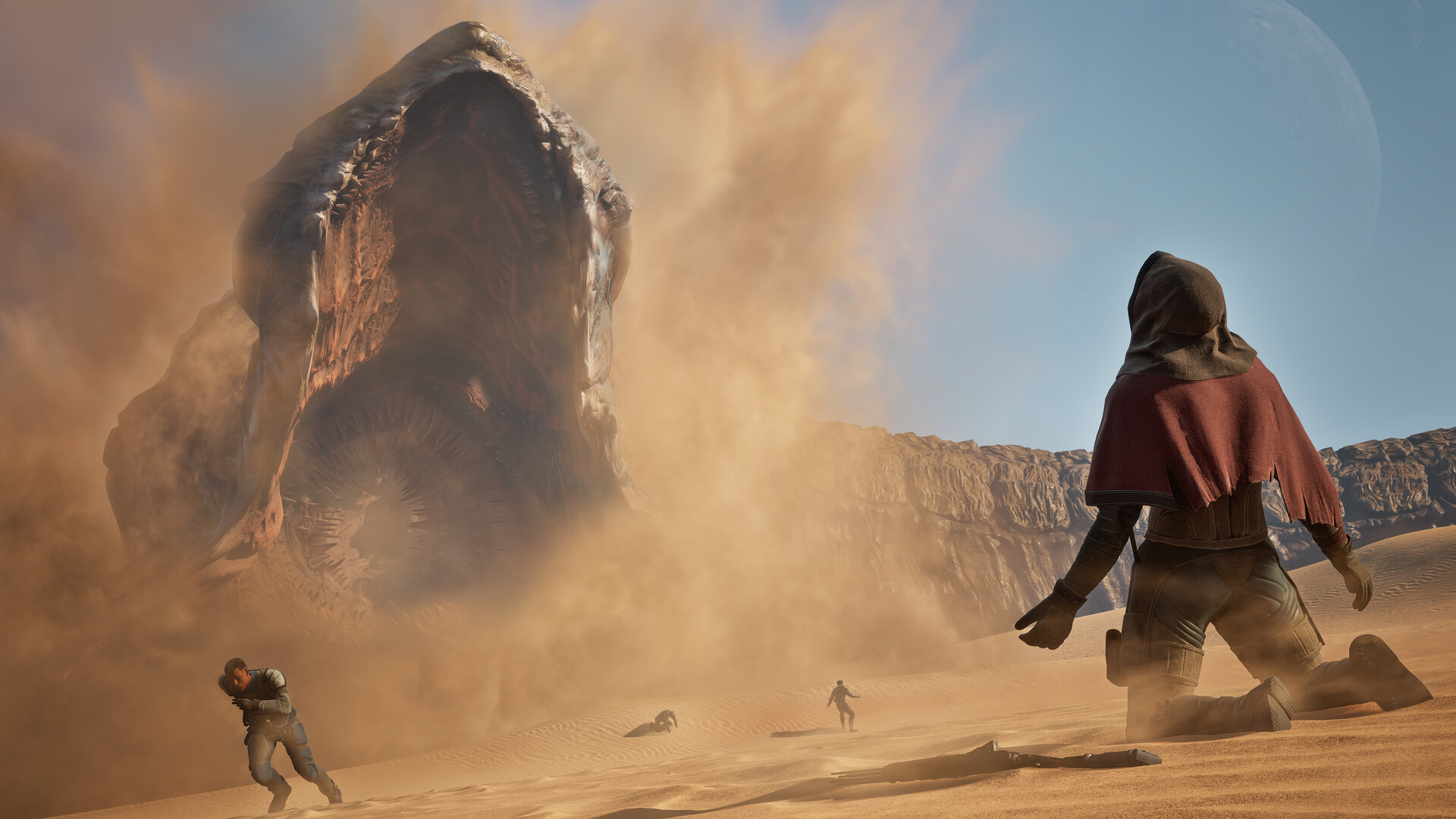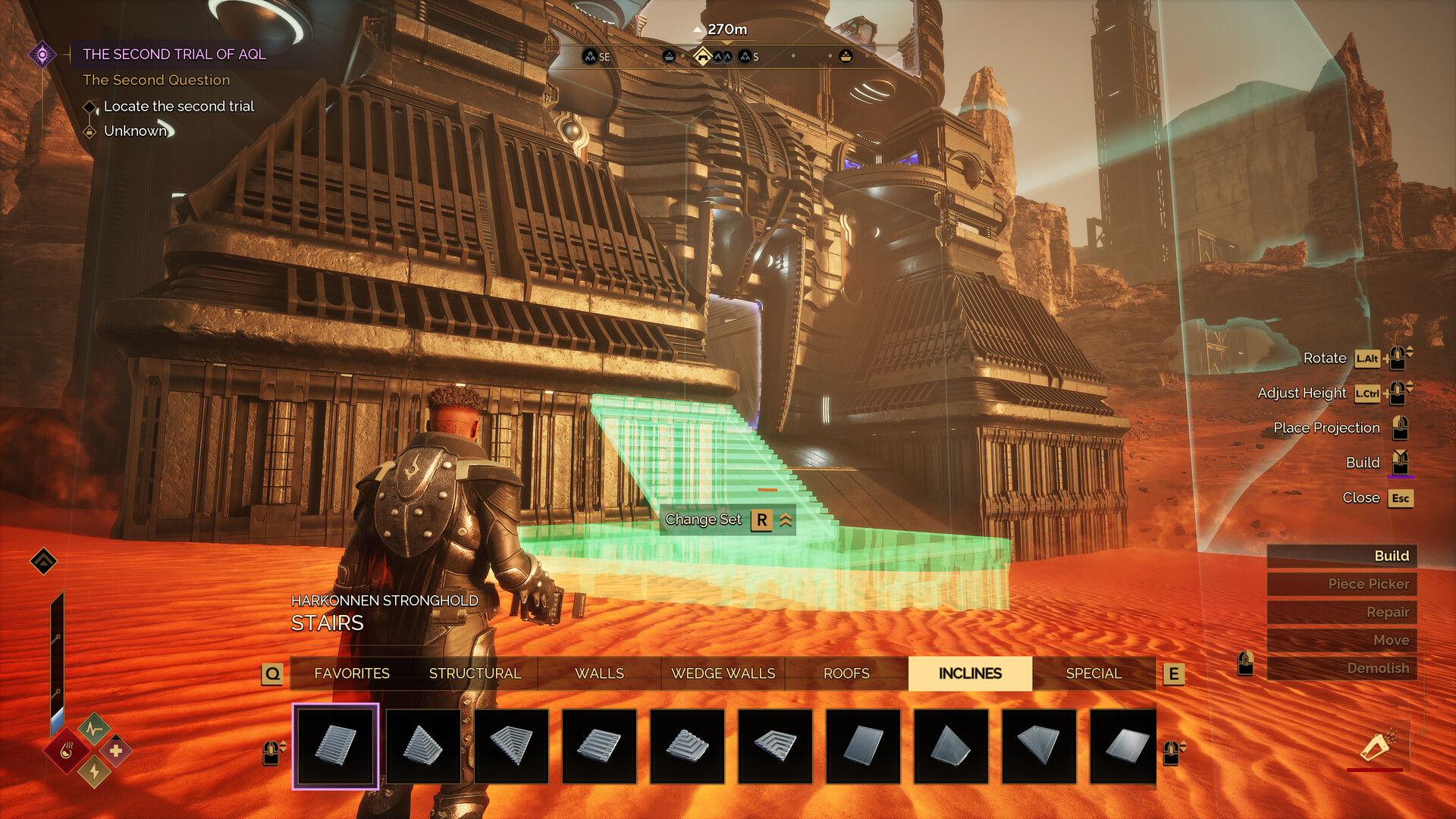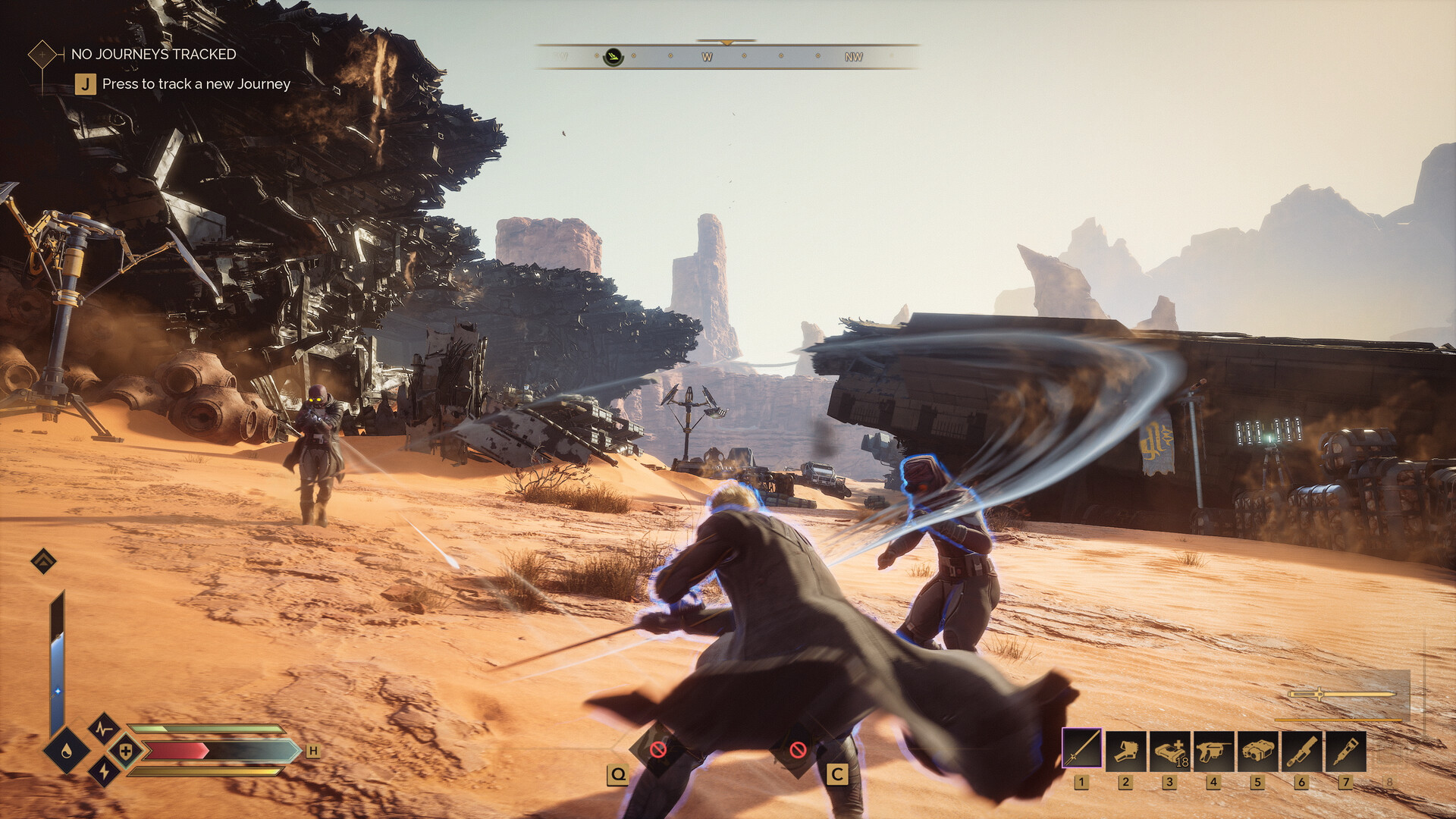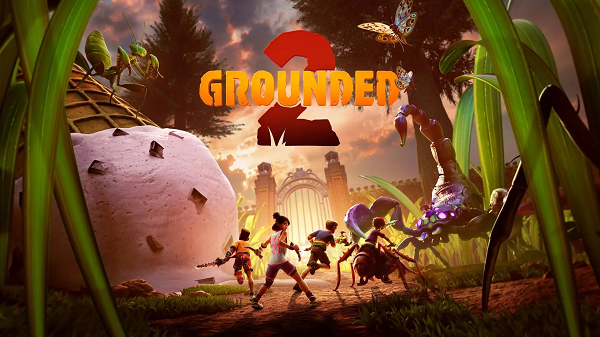Popular Now
Dune: Awakening, Funcom’s ambitious MMO set in the brutal world of Arrakis, draws deeply from Frank Herbert’s iconic sci-fi universe. While the game promises factional warfare, deep lore, and open-world freedom, one design choice stands as both its boldest innovation and its greatest challenge: the survival mechanics. The desert doesn't just set the scene—it’s the antagonist. In this article, we’ll explore how survival systems in Dune: Awakening shape gameplay, create immersion, and walk a tightrope between realism and frustration.
The Foundation of Fear: Establishing Survival as Core Gameplay

From its earliest announcements, Funcom positioned survival—not combat or base-building—as the beating heart of Dune: Awakening. Unlike traditional MMOs that offer comfort zones and safe hubs, here the entire map is a threat. Food, water, shelter, and heat management aren't optional—they're everything.
The World is the Enemy
Players don’t just fight other humans or beasts; they fight Arrakis itself. The sandstorms, searing heat, and scarcity of resources make the player constantly aware of their own mortality. This creates a psychological tension rarely achieved in online games.
A Philosophical Echo of Herbert’s Dune
This mirrors the thematic core of the Dune novels—humans surviving a planet that doesn’t want them. It’s not just a setting, it’s an obstacle. And it’s brilliant.
Water Is Life: The Hydration Economy of Arrakis
Perhaps the most iconic element of Dune’s survival theme is water. In Dune: Awakening, water isn’t just an item—it’s currency, resource, and narrative symbol all in one.
The Mechanics of Hydration
Players must drink regularly, monitor hydration levels, and collect or purify water from limited sources. Die of thirst, and your items become lootable by others.
The Water Economy and PvP
This scarcity creates real stakes. Control of moisture farms or stillsuits becomes territory control. Trade routes develop around water sources, making PvP meaningful.
Balance vs. Punishment
However, if hydration depletes too fast or too unpredictably, it becomes a chore rather than a challenge. Striking the right balance is vital to keeping gameplay rewarding.
Sandstorm Realities: Environmental Hazards as Gameplay Events

Sandstorms in Dune: Awakening are more than atmospheric—they are dynamic gameplay-altering events. They reduce visibility, shift sand dunes, and uncover or bury resources.
Dynamic Threats
Sandstorms force players to seek shelter, pause exploration, or adapt tactics in PvE and PvP. They are not background—they are moment-to-moment gameplay mechanics.
Opportunities in Chaos
They also present opportunities. Players can exploit the low visibility to ambush others or sneak past territory boundaries, adding depth to momentary decision-making.
The Weight of the Suit: Stillsuit Management and Biological Realism
Dune’s famous stillsuits make survival on Arrakis possible—and in Dune: Awakening, managing them becomes an intricate gameplay layer.
Not Just Cosmetic
Stillsuits degrade, overheat, and require upgrades. Wearing one affects stamina and mobility. Proper suit maintenance is a necessity, not a vanity.
RPG Systems Interwoven
Players can modify their suits with tech upgrades, creating specialized builds: better heat resistance, stealth options, or increased water reclamation. It personalizes survival.
The Cost of Failure: Death, Loot, and Consequences
Survival games often flirt with high-stakes systems, but Dune: Awakening leans into the brutal consequences of failure.
Death in the Desert
Die in the desert, and not only are you sent back to a respawn point—you may lose your items. Sand scavengers or other players can loot your corpse.
Risk-Reward Dilemmas
This makes every journey outside safe zones a calculated risk. Do you take your best gear or travel light? The weight of consequence forces strategy.
Resource Scarcity: Crafting and the Economics of Desperation

With limited resources and a hostile environment, crafting becomes not just a gameplay feature but a survival necessity.
Limited Materials, Maximum Value
Spice, metal, water, and biological components are hard-won. Players must choose between using, trading, or hoarding—each with long-term implications.
Encouraging Player Economy
This scarcity leads to a natural player-driven economy. Clans or guilds can monopolize materials or trade at steep prices, reinforcing social dynamics.
The Spice Must Flow: Survival Tied to Lore Through Spice Mechanics
No Dune experience is complete without spice, and Awakening ties it directly into the survival loop.
Inhalation and Addiction
Spice can boost perception, stamina, or vision—but overuse causes addiction. Players must balance its benefits with withdrawal penalties and scarcity.
High Risk, High Reward
Spice-heavy zones are dangerous but rewarding. Survival isn’t just about staying alive—it’s about weighing power against peril.
The Role of Base Building in Hostile Territory
Despite the heavy survival focus, base building exists in Dune: Awakening—but it serves survival first, aesthetics second.
Sand-Proof Shelters
Temporary or permanent structures protect against heat, storms, and enemy raids. Placement is strategic; no location is ever truly safe.
Vulnerability Breeds Tension
Unlike games with static bases, your safe haven can be destroyed. This keeps players on edge and pushes cooperative play for defense.
Multiplayer Survival: Cooperation or Cannibalism?

MMO design traditionally leans into cooperation, but survival games test that assumption. Dune: Awakening gives players the tools to help—or hunt—each other.
Trust is a Commodity
You might team up with a stranger for protection during a storm, only to be betrayed for water or gear. The social element is pure tension.
Faction Systems and Survival Alliances
Faction mechanics help bring order to chaos. Groups can create protected trade zones, regulate spice flow, or declare war. Survival becomes a political act.
Burnout in the Dunes: When Survival Becomes a Chore
For all its immersive power, survival gameplay has a downside: if not balanced, it becomes exhausting. Players might feel overwhelmed rather than immersed.
The Grind Loop
Constant thirst, heat management, equipment repair, and looming threats can tire players out. Funcom must monitor pacing closely to avoid burnout.
QoL Systems That Help
Introducing mechanics like “downtime zones” or late-game automation (e.g., moisture harvesters) may alleviate the load without removing the challenge.














